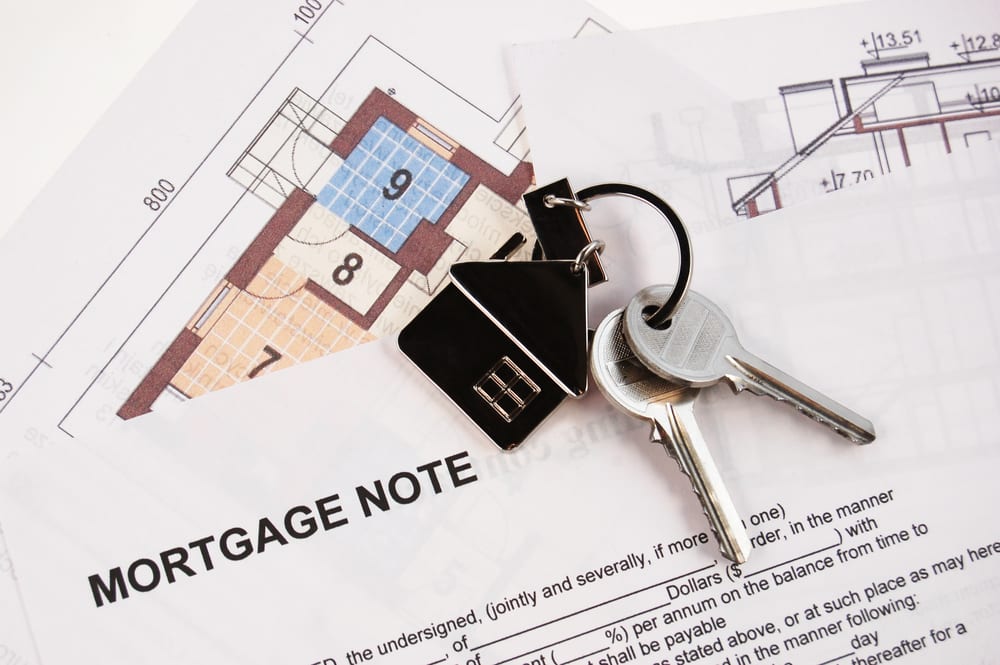
by admin | Oct 26, 2019 | Insurance News
Now that the colder months are getting ready to roll in, many of us like to decorate our homes to make them warmer, cosier and generally nicer places to snuggle up in the winter months. This can go a long way to making us feel if not more positive about autumn and winter, then at least less miserable about the weather and long, dark nights. There’s plenty of seasonal decor available in the shops and making your own can be fun (and a great way to keep children occupied when they’re stuck indoors), but regardless of whether you buy or DIY, make sure to stay safe and avoid accidents, damage and insurance claims. Here are some tips to help.
Anything sold in a retail outlet should be guaranteed safe – but only for its intended purpose!
This is a hugely important point to remember when making seasonal decor. For example, while it may be perfectly possible to glue together photo frames so they look like a traditional lantern, the keyword here is “look like”. Photo frames are not intended to offer fire protection, so they are not necessarily a safe choice for use with real candles. Keep them for pure decor and use LED candles. Even when you are using an item for its intended purpose, be aware that there may be safety considerations (which will probably be stated on the packaging, so always check it). For example, shiny, metallic-looking decorations such as tinsel can be hugely flammable so be very careful where you put them.
If you make your own candles, make sure you choose appropriate containers
Making homemade candles can be easy and fun, but remember to put them in safe containers. Real candles are essentially miniature fires so they need to be put into properly fire-proof containers. This means containers which will not only resist the heat of the flame but also stay at least reasonably cool to the touch while the candle is burning. They should also be stable enough to stay in one place (and should still never be left unattended). A lot of crafters like to pour candles into old cups and mugs, which can often be perfectly fine, but be careful if they’re cracked or chipped as they may not have the strength you need. Basically, remember that there’s a difference between something looking cute on social media and something being safe in real life.
Any decorations young children and pets can reach will be treated as food
Young children and pets put everything in their mouths and it can kill them. Even if it doesn’t it can mean traumatic visits to the hospital or vet’s surgery and in the case of the latter nasty bills, unless, of course, you have pet insurance in which case you’ll just have to find the excess. On a similar note, make sure you are very careful about tidying up after your crafting, especially if you are using small pieces such as beads, which are easy to overlook and equally easy for a young child or pet to swallow.
Only craft on furniture intended for that kind of activity
Even if a craft doesn’t require a great number of tools or physical strength, there is a good chance that you will find yourself leaning in onto the surface and putting it under physical pressure. Craft tables are designed to be strong enough to handle this, other types of furniture may not be, even if they look like they should. In particular, be very careful about using folding tables for anything but drawing or painting. They can literally fold into themselves if put under too much pressure and they’ll take your crafts, equipment and possibly body weight with them!
For pet insurance and building and content insurance, we act as introducers only.

by admin | Oct 18, 2019 | Mortgage News
Over the last few years, there’s been a big marketing effort on the part of the “go-direct” brands. The irony of this is that actually these brands are not encouraging you to “go direct”, they are encouraging you to use their website to make your decision instead of either actually going direct or going to a proper, human mortgage broker, who can give people professional advice customised to their situation. To see how this works in practice, let’s look at the three different situations.
The “go-direct” brands
The “go-direct” brands are basically, affiliate-marketing sites. That means they get paid a commission for referring people who then go on to become customers. In other words, they work on exactly the same basis as the mortgage brokers they advise you to avoid using. They simply use computer algorithms to try to replicate the knowledge and expertise of a financial professional. Even though many jobs are currently being replaced by computers and there may come a time when artificial intelligence can do as good a job as a highly-skilled human, that time is still far off and as, when and if it does come, the “go-direct” sites are still likely to offer limited options in comparison with going to a human mortgage broker for the simple reason that some companies refuse to work with them for various reasons, many of which revolve around the fact that these sites encourage people to compare deals on headline price rather than looking at the specifics of the offer and the overall value it could provide.
Genuinely going direct
Genuinely going direct can be a perfectly feasible option, if you know your way around the mortgage market. If, however, you don’t you can spend a whole lot of time and energy looking for the best deal and still wind up not finding it or finding it and not being accepted for it. An often-overlooked fact about mortgage brokers is that they will not only make sure that they only suggest deals for which you have a decent chance of being accepted, but they will help to make sure that your application ticks all the right boxes (literally and metaphorically) to maximise your chances of being accepted and they may even have contacts with lenders which they can use to help turn a borderline case into a yes.
Going via a mortgage broker
There are basically two sorts of mortgage broker. One sort charges a direct fee to the client. The other works on commission. Neither sort is right or wrong and neither is better or worse than the other. Both sorts of mortgage broker will be working on behalf of the client and aiming to get them the best, possible mortgage deal. Their continued success depends on having a constant stream of satisfied customers (ideally customers who are satisfied enough to recommend other people). Mortgage brokers are, essentially, the average person’s guide through the labyrinth of the mortgage market. They can be very useful even if you’re “the perfect buyer” and hence in a solid position to find a good deal for yourself. Mortgages may carry relatively low-interest rates (meaning as compared to standard consumer debt) but they are usually for large amounts and hence the difference between a good deal and a great deal can add up to be an awful lot of money over the years. If you already know you are a less-than-perfect buyer and/or you are aiming to buy a more niche property (or to build your own home), then the more you should think about going to a mortgage broker rather than trying to go direct.
Your property may be repossessed if you do not keep up repayments on your mortgage.

by admin | Oct 10, 2019 | Mortgage News
It’s no secret that it can be tough to get on the property ladder, either as a genuine first-time buyer or as someone who’s bought before but gone back to renting for whatever reason, for example, to spend some time abroad. The good news is that, in spite of all the challenges, it is possible. Here are some tips to make it happen.
The less you spend on rent the more you can save
This may seem like stating the blindingly obvious but it’s one of the many realities of life which can be a whole lot easier in theory than in practice. To be perfectly blunt, putting together the deposit you will need to buy a home of your own is likely to be a lot easier if you are prepared to make compromises on where you live in the present. Living with your parents may be the ultimate example of this (their house, their rules) but this is not necessarily a practical option for everyone.
For those living away from home, making compromises may involve choosing a smaller space over a bigger one, accepting a longer commute, or choosing a less-desirable area over a more chic one. Obviously, all of these options have to be subject to the common-sense test. There is a limit to how small a space a person can reasonably live in for an extended period of time and there is no point in choosing to live in a place where the housing is affordable but the commute is long if it means that you are just swapping housing costs for commuting costs (and time) and you clearly want to avoid living in a place which is actively unsafe. All the same, however, all things being equal, you should probably give preference to the place with the lowest housing costs as rent is typically a substantial expense and hence anything you can do to reduce it can make a real difference to how quickly you can save for a deposit.
Always look for ways to increase your income
The nature of your employment will largely determine how feasible it is for you to earn extra money in your main job, but if you’re in a position where you get a fixed salary for (officially) fixed hours and have little scope to earn extra on top and you’d prefer to stay in that job, at least for the foreseeable future, then you can still look for other ways to earn extra money. Getting a second job can bring all kinds of complications (including your current employer being unhappy about it, you new employer making requests which conflict with your main job and your tax being messed up, although this last should not happen), but there is nothing to stop you setting yourself up as self-employed and building your own little side-hustle. Just remember that you will need to register as self-employed and pay taxes on whatever you earn.
Take care of your credit rating
If you’ve saved and worked to put together a solid deposit, it would be heartbreaking to be turned down for a mortgage because of silly mistakes such as going over the limit on a credit card or missing a payment. Standard advice here is to put all payments on Direct Debit so that you never miss one, however, there is an alternative approach, which may save you a little money, at the expense of some organization. Put as many payments as you can on manual and pay them the moment you have the money to do so, for example on payday or when you get your earnings from your side hustle (remember to set aside money for taxes). This will minimize the interest you pay.
Your property may be repossessed if you do not keep up repayments on your mortgage.




Recent Comments